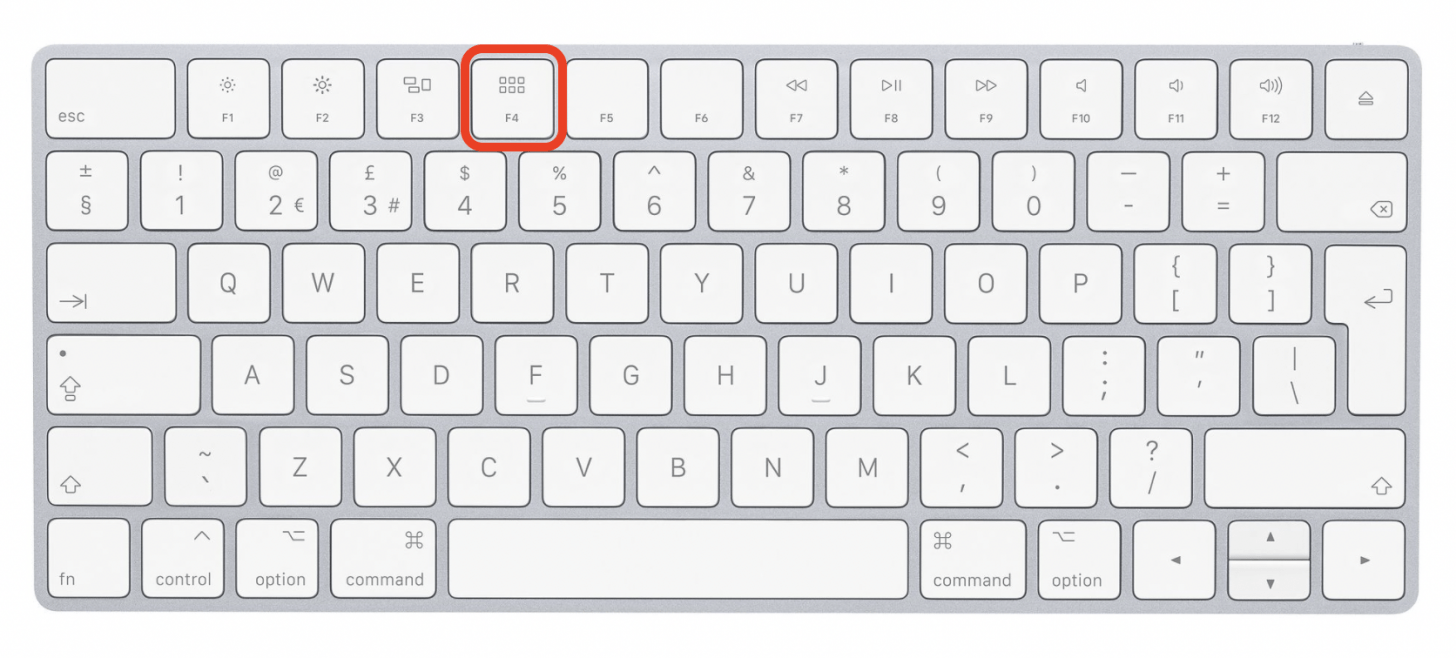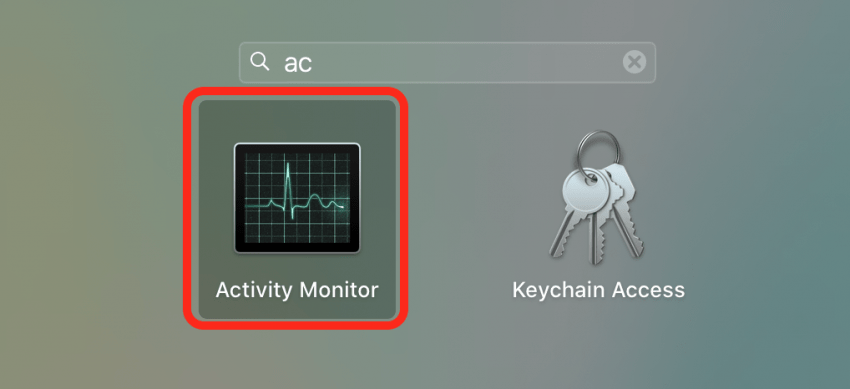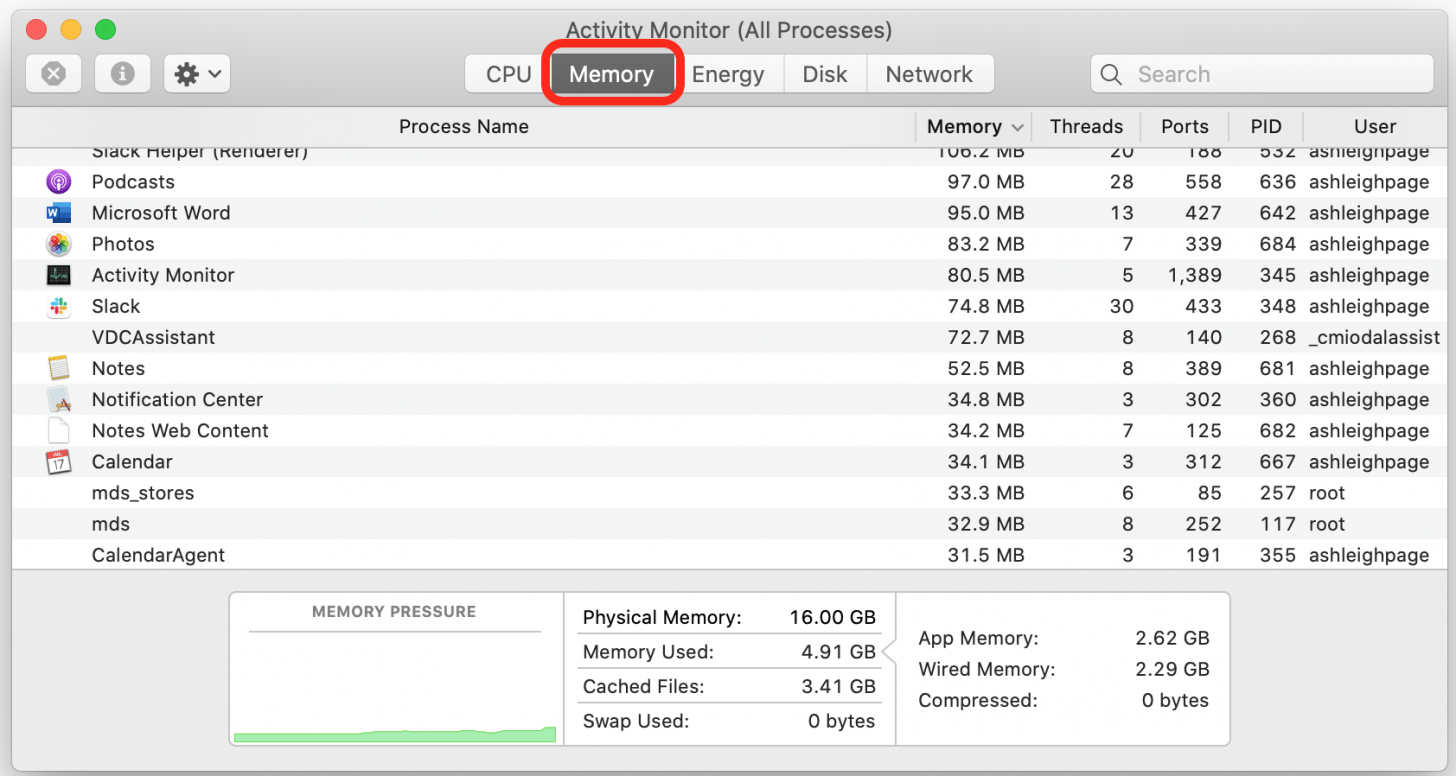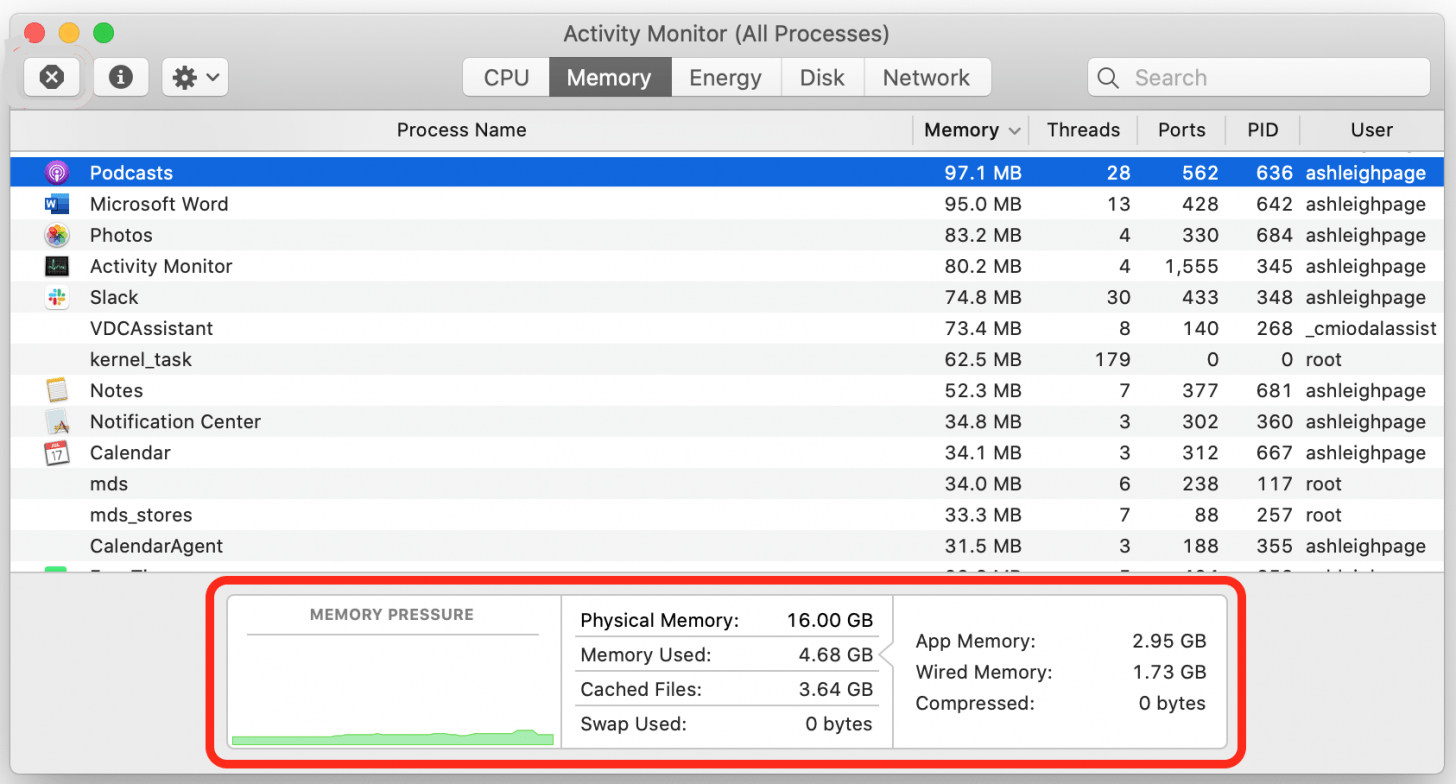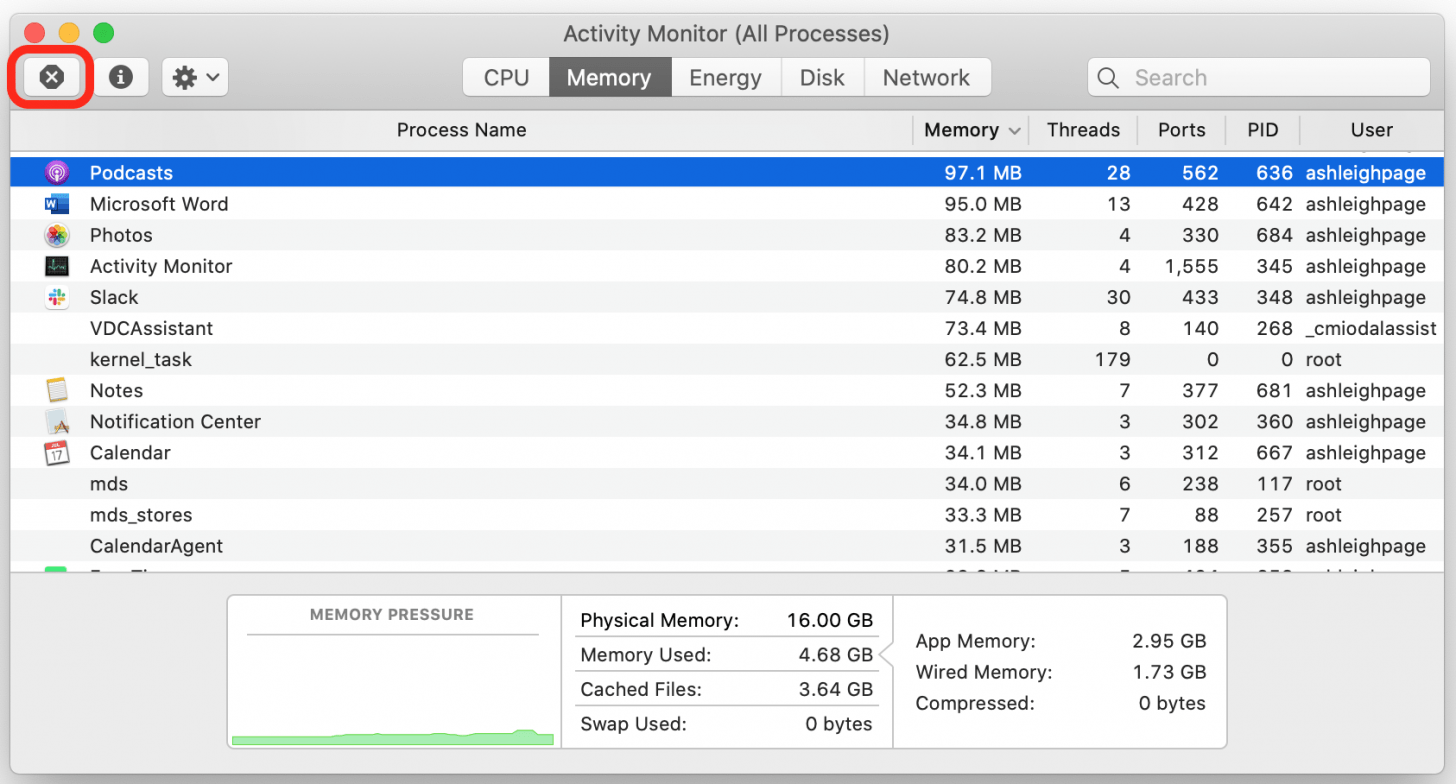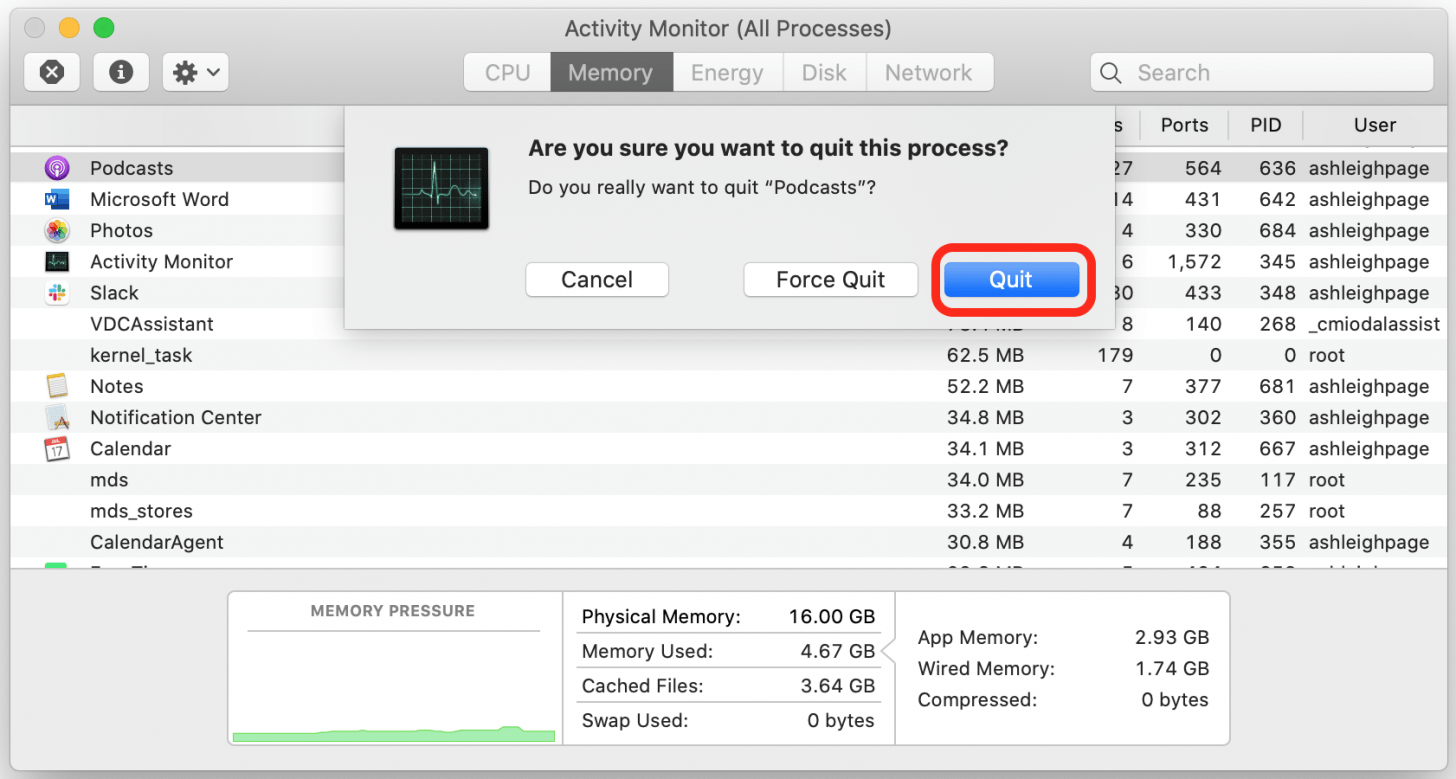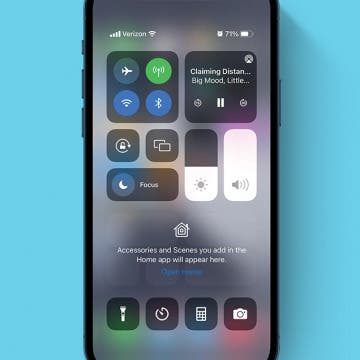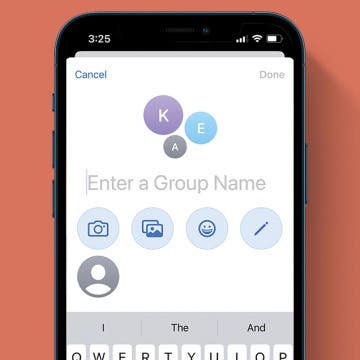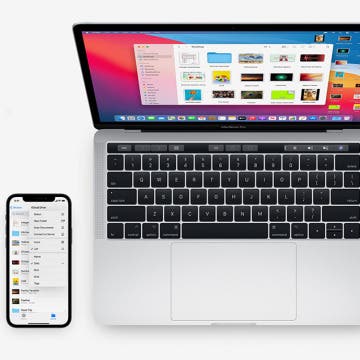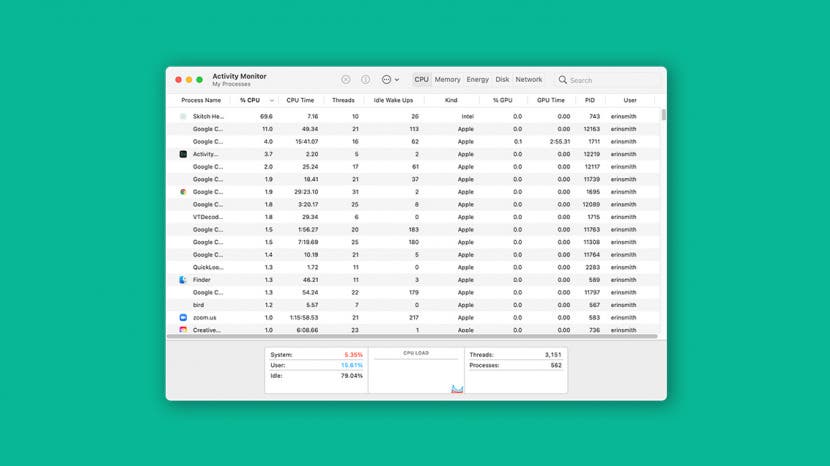
* This article is from our Tip of the Day newsletter. Sign Up. *
We all like to blame Wi-Fi when our computers are lagging, but when did you last check your Mac RAM usage? Seemingly innocent apps running in the background can consume large portions of your Mac's active memory. We'll cover how to check RAM usage with the Activity Monitor, plus a few tips on how to free up RAM.
Related: iPhone Slow? How to Clear RAM on Your iPhone to Make It Faster

Jump To:
How to Check RAM Usage on a Mac
Simply put, RAM (Random Access Memory) is short-term memory, where active processes occur. This means the many Safari tabs and apps you probably have open (like I do) are all using some amount of active memory. When your RAM usage is close to its limit, your computer will struggle with tasks and run more slowly.
Let's walk through how to check how much RAM you're using with the Mac Activity Monitor.
- Press F4 on your keyboard or click on the Launchpad to open it.
![Press the F4 key to access the Launchpad app]()
- Search for the Activity Monitor app or find it in your apps list and click to open it.
![Click to open the activity monitor app.]()
- Select the Memory tab at the top.
![]()
- The display at the bottom of the screen will show a breakdown of total RAM usage.
Physical Memory: The amount of RAM installed.
Memory Used: The amount of RAM currently in use.![]()
- If you find an unused app that's still open and you want to close it to free up memory, select the app and click the X button in the upper-left corner of the screen.
![]()
- Click Quit to confirm, and the file or app will be closed.
![]()
Quick Tips to Reduce Mac RAM Usage
While there are memory-cleaner apps available, checking your RAM usage from time to time and taking the simple action steps below should be enough to keep you from exceeding your RAM limit.
- Declutter your desktop. Did you know your Mac treats each item saved on your desktop as an active window? Saving on your desktop implies the need for quick access. You might be surprised at the difference when you move many of those files into folders!
- Quit inactive apps. This might seem obvious, but have you ever closed a file only to realize later that the application itself is still running? (I'm looking at you, Microsoft Excel!) Check to make sure the application has actually closed and isn't running in the background.
- Close unnecessary browser tabs. Do you have a lot of web resources that you frequently open and use? So do I! Bookmarking these pages and opening them only when needed will make you feel more organized, and can also significantly reduce your RAM usage.
